Quantum Spin-Offs - News article
The West Australian - Monday 8th January, 2024
by Matt McKenzie
University of Western Australia’s quantum physics researchers mull the potential of spin-offs
Cheaper medicines and safe transport of hydrogen are top targets for businesses potentially spinning out of quantum physics at the University of Western Australia.
The research field studies behaviour of particles· at extremely small scales and has contributed to major scientific advances including the semiconductors used in smartphones and computers.
Quantum computing and sensing are the next frontiers in the science and could become an Australian industry worth $2.2 billion by 2030, according to the 2023 National Quantum Strategy.
Leading the way are the labs underneath UWA's physics building in Crawley, part of national Centres· of Excellence researching quantum systems and dark matter - a mysterious substance believed to play a key role in the observed behaviour of galaxies and other massive objects in the universe.
UWA research associate Jeremy Bourhill's hunt to unlock the secrets of dark matter using quantum physics may also provide a boost for medical manufacturing.
Photo credit: Ross Swanborough
Dr Bourhill, pictured, developed a material to align magnetic fields which can be used to improve purity of chemicals, especially for drug-making. A small change in a molecule - whether it is left- or right-handed - can lead to hugely different practical impacts.
The most prominent example was the drug Thalidomide, which can treat cancer but also causes serious birth defects. Scientists believe the cause of that extreme contrast may have been as simple as the chemical's molecules being flipped on an axis. Dr Bourhill told The West Australian the medical industry was spending billions of dollars annually to ensure drug purity.
His 3D-printed device could help drugs be filtered at a larger scale and speed up the process, bringing down costs and reducing side-effects.
Work is under way to measure up the technology's commercialisation potential.
"We wouldn't have invented this if we weren't looking for dark matter," Dr Bourhill said. "You need to come up with new ways of looking at the universe and then naturally you can create new technology that has these unforeseen applications."
Also linked to UWA research is Jovian Tech, which counts associate professor Paul Stanwix as a cofounder. The business was set up in 2022 to develop sensors which gauge·hydrogen purity, helping improve safety during transport of the famously flammable fuel.
The Crawley labs have already produced some big success stories, including developing precise measurement technology using sapphires in the 19908. Researchers launched a business - Poseidon Scientific Instruments - later purchased by Raytheon in a $US22 million package.
But Dr Bourhill's driving passion has been discovering the secrets of the universe.
Dark matter is theorised to make up 85 per cent of mass, yet has not been experimentally verified.
Researchers use special fridges which lower the temperature of helium close to the coldest level possible, about -273 degrees. That helps reduce activity, Dr Bourhill said, so sensors can listen out for tiny signs of dark matter interacting with the world. Finding that dark matter signal is.one of the ten grandest problems in physics, he said.
"To try and see something no one's ever seen before, you need to look in a way no one's ever looked before," Dr Bourhill said. The global quantum race, particularly computing, has accelerated in recent years and almost $US2.4b ($3.5b) was invested into quantum tech startups in 2022, McKinsey estimates.
Link to article (subscription required):
University of Western Australia’s quantum physics researchers mull the potential of spin-offs | The West Australian

